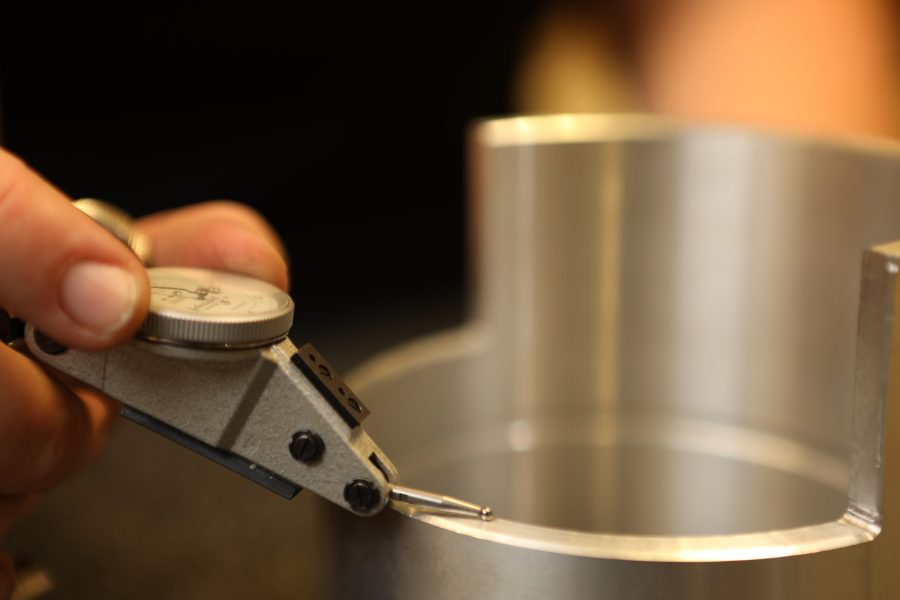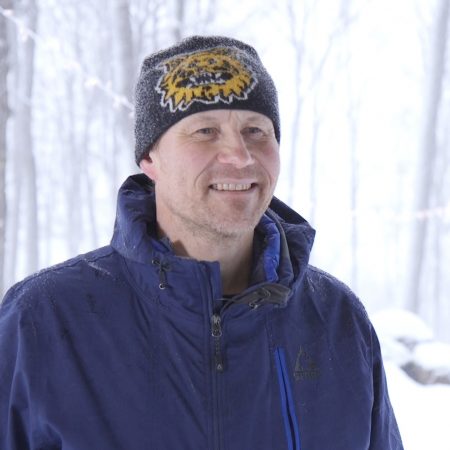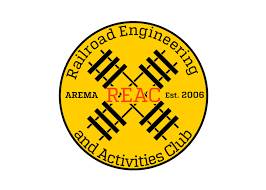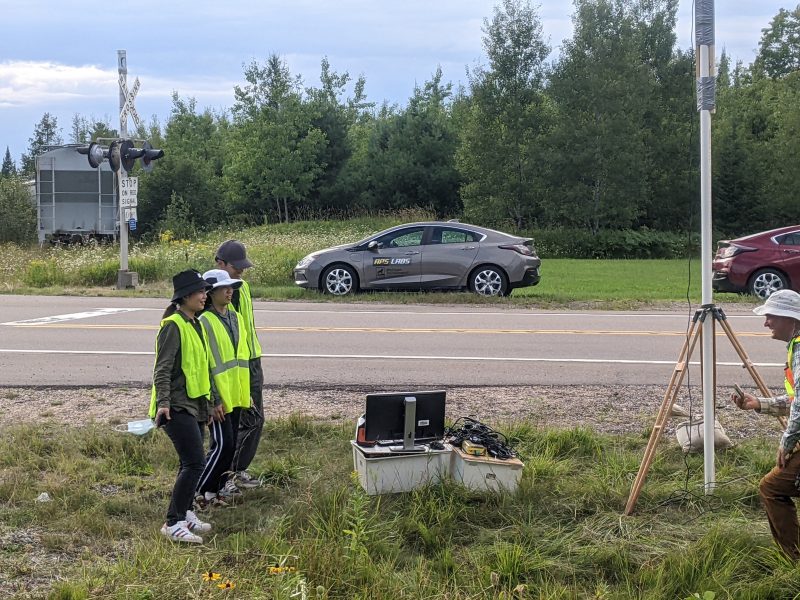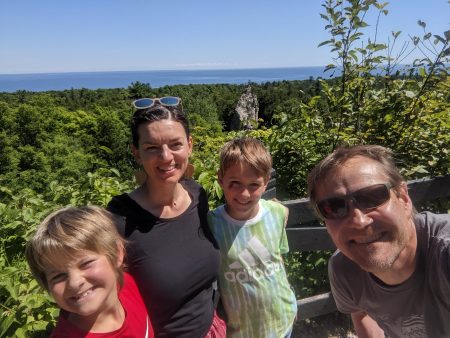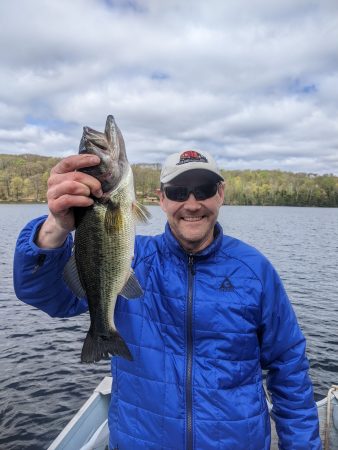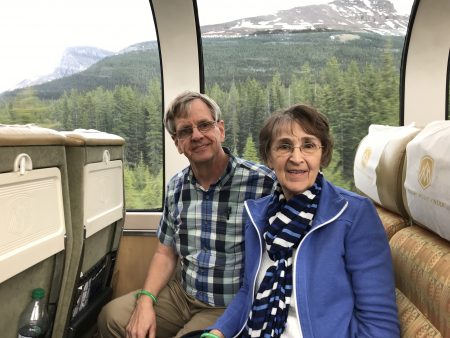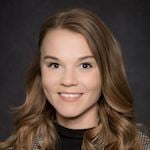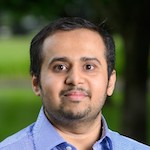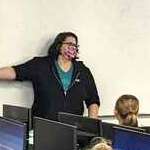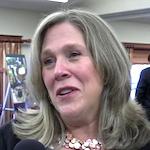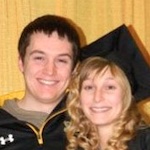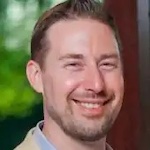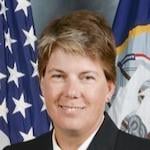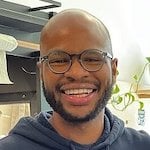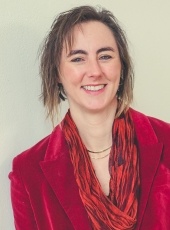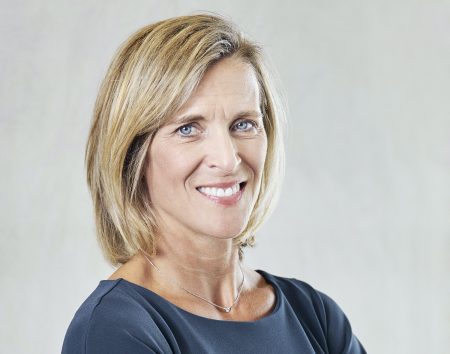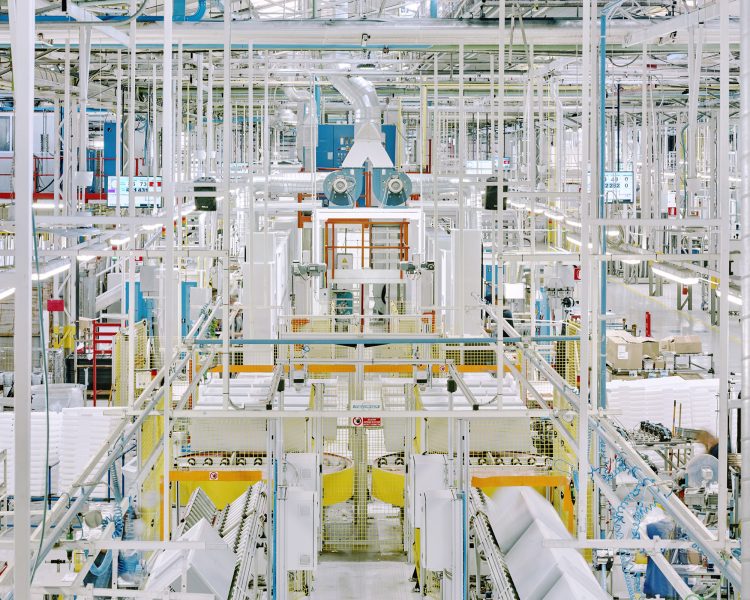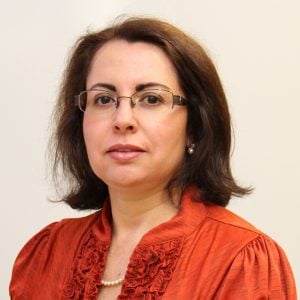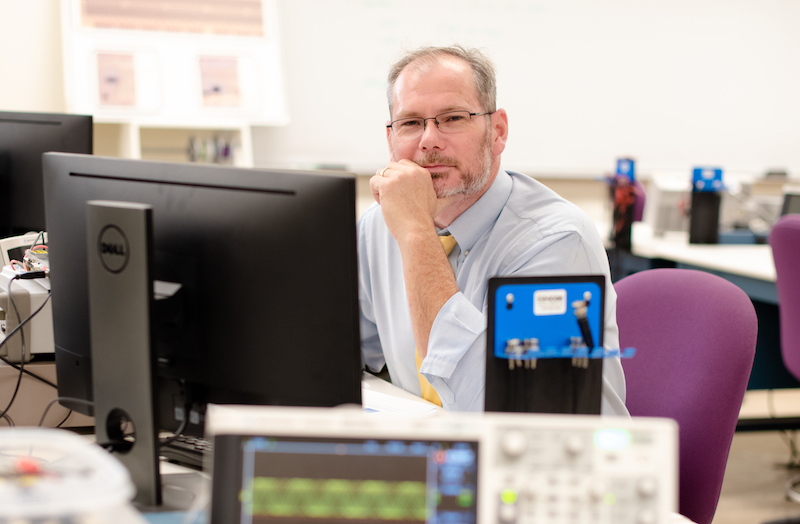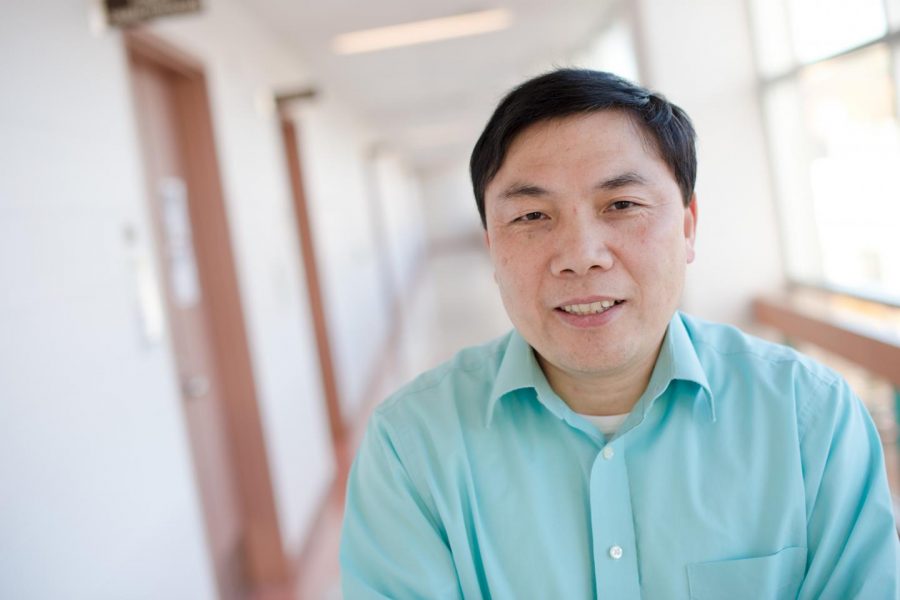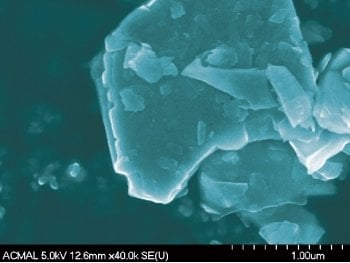
On September 17, 2022, eight students from the Aerospace Enterprise and Society of Women Engineers represented Michigan Tech at the first annual Women in Aviation Day in Wausau, Wisconsin.
Participating students were:
From Aerospace: Heather Goetz, Seth Quayle and Nolan Pickett (mechanical engineering); and Zoe Knoper (cybersecurity).
From SWE: Sophie Stewart and Katherine Rauscher (mechanical engineering); Kathryn Krieger (environmental engineering); and Cailyn Koerber (engineering management).
This event was hosted by the Learn Build Fly organization, which does incredible volunteer work in engaging their community in aviation. As summarized by Wausau’s WSAW-TV News Channel 7, “The event aimed to get more women involved in recreational and professional aviation. Children had the chance to participate in ‘Young Eagle Flights’ by going for airplane rides, while other aviation organizations gave information about their programs.”
Visitors to the event had the opportunity to see a 3D model of the newest Aerospace Enterprise satellite design and learn how these students were designing and building satellites to go into space, while the SWE team worked with visitors on an outreach activity, Paper Circuits.
Participants’ comments included:
Nolan Pickett: “Our Enterprise was given the opportunity to not only celebrate the women in our program, but also promote STEM to the next generation of college students — and fly in a WWII era B-25!”
Kathryn Krieger: “I loved being able to see so many young girls getting excited about STEM. It was really inspiring to see the many ways kids are getting involved with aviation and other STEM disciplines from such a young age.”
Both SWE and the Aerospace Enterprise teams enjoyed volunteering at Women in Aviation, learning more about the history of aviation and meeting with folks interested in aviation careers. This was a unique outreach opportunity and they appreciated the support they received from Admissions and the College of Engineering.
By Gretchen Hein, SWE Advisor.
